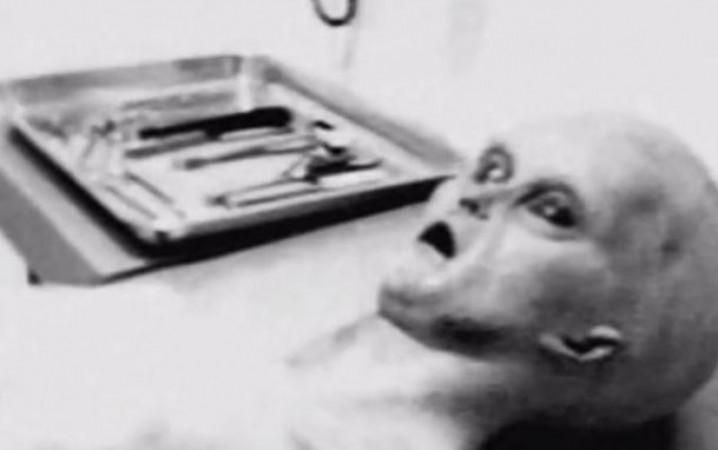
In what has been touted as the latest proof of the existence of alien life, a team of researchers have released a "never-before seen" picture of a spectral-like "ghost particle" which was discovered in a debris gathered from outer space.
Professor Milton Wainwright, along with his colleagues from the University of Sheffield and the University of Buckingham's Centre of Astrobiology, states that they have found a microscopic structure, which has a "ghostly appearance", miles above the Earth's surface. They say that it could be the long-awaited proof of living beings existing in other parts of the universe as well.
The Daily Express published the picture of the "ghost particle", which looks like a chiffon scarf and is as thin as a human hair, for the first time. When examined under a microscope, the structure looks like a "wisp of smoke", and thus, it was dubbed as "ghost particle".
It was found in the dust and particulate matter that had been collected from the Stratosphere.
Wainwright stresses that the particle is biological and may even help in getting closer to the answer of the age-long conundrum – "where life on Earth came from."
"This is nothing short of a New Year's present from outer space, Most people will assume that these biological particles must have just drifted up to the stratosphere from Earth, but it is generally accepted that a particle of the size found cannot be lifted from Earth to heights of, for example, 27 kilometers. The only known exception is by a violent volcanic eruption, none of which occurred within three years of the sampling trip," says Wainwright.
Seth Shostak, astronomer at the Search for Extraterrestrial Intelligence in Mountain View, California, said that Wainwright will face scrutiny from the wider scientific community.
Last year, astronauts had found some traces of life on the surface of the International Space Station. They had discovered tiny plankton on the ISS and it was the first time that complex organisms were discovered in the outer space.
Professor Chandra Wickramasinghe, director of the Buckingham Centre for Astrobiology at the University of Buckingham in England, said that the new research shows that DNA can survive harsh extra-terrestrial conditions. DNA carries the blueprint of all life, and its survival during space travel is essential if life is to be regarded a cosmic phenomenon. This finding shows that DNA and viruses can survive the rigours of space travel – escape at high speed through the atmosphere of one planet and land in tact on another," he said.
Meanwhile, Wainwright said: "Everything that we have on the Earth is derived from space, including humans."














